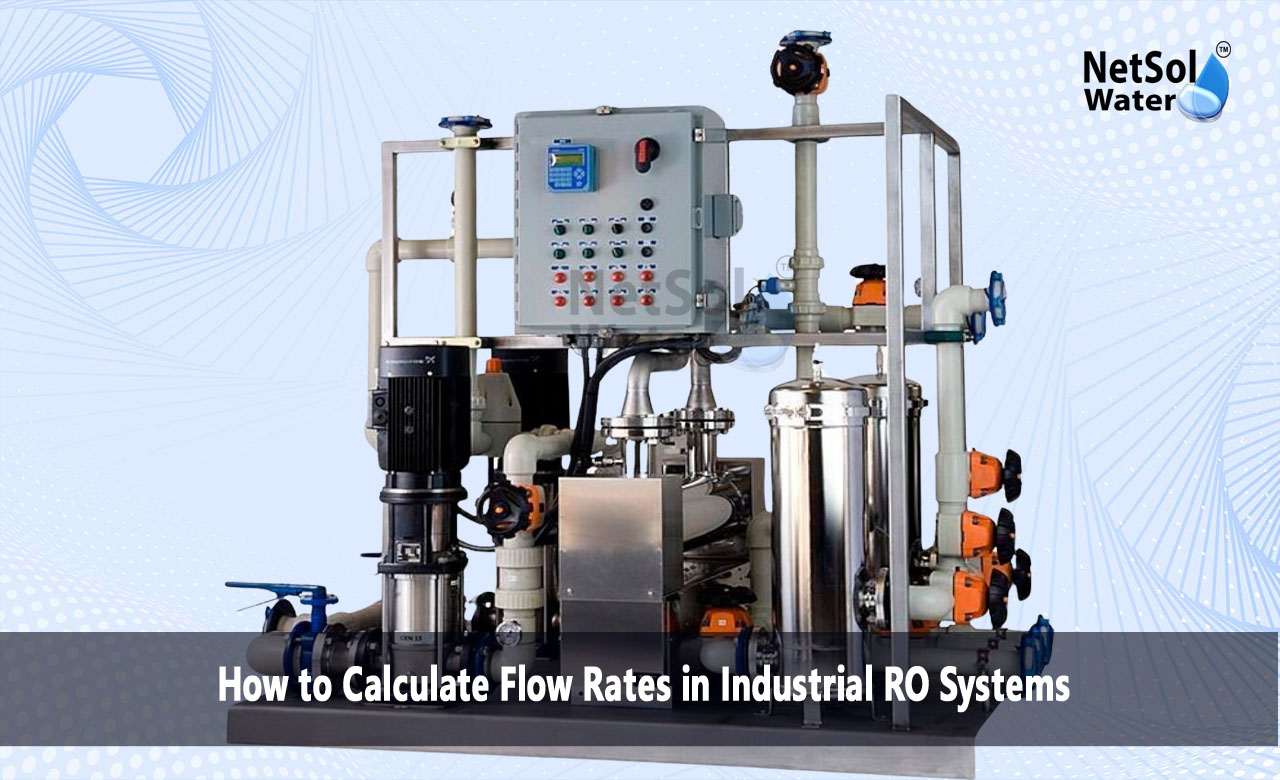How to Calculate Flow Rates in Industrial RO Systems?
Reverse osmosis systems push water through fine membranes. They remove dissolved particles and produce clean water. Flow rate shows how much water moves per hour or per minute. Precise flow rate control improves system efficiency and reduces energy use. Industrial RO Plant Manufacturer professionals design systems with clear flow targets. They ensure each component works in harmony. Here you will learn each step to calculate flow rates in RO systems.
Some Flow Rate Basics
Before measuring flow we must know its meaning. Flow rate stands for the volume of water that crosses the membrane per unit of time. It affects product quality and energy use. Let us have a look on some essential points.
Defining Flow Rate
Flow rate expresses how many liters pass per hour. It tells us if the system meets design goals.
Units of Measure
Flow rate may use liters per hour or gallons per minute. Each unit links to local standards.
Why Accuracy Matters?
Accurate flow rate ensures stable output quality. It prevents membrane fouling and saves power.
Understanding these basics sets the stage for precise measurement and calculation.
Factors Influencing Flow Rate
Flow rate changes with several factors. Pressure differences drive water through the membrane surface. Temperature affects water viscosity. Feed water quality alters resistance. Let us have a look on some key elements.
Pressure Difference
Higher feed pressure boosts flow across the membrane.
Membrane Resistance
Older membranes slow flow due to fouling.
Temperature Effects
Warmer water flows faster because it is less viscous.
These factors link directly to the numbers we use in our calculations.
Methods to Measure Flow Rates
Measurement methods vary by device type. Some sites install simple mechanical meters. Others use electronic sensors. Let us have a look on some common approaches.
Mechanical Flow Meters
These meters use a paddle or rotor that spins as water passes. Each rotation marks a set volume.
Ultrasonic Flow Sensors
Sensors send sound waves through the pipe. They detect changes in wave speed to calculate flow.
Magnetic Flow Meters
These meters measure voltage from conductive fluid moving in a magnetic field.
Choosing a method depends on budget and accuracy needs. Each method provides the data we need for calculation.
Calculating Flow Rates in Practice
Once we have measurements, we turn them into useful numbers. Calculations confirm system performance. Let us have a look on some calculation steps.
Convert Raw Data
First convert meter readings into standard units. Divide total liters per day by twenty-four hours if needed.
Apply Correction Factors
Adjust for temperature and pressure changes. Use manufacturer charts to find factors.
Compute Final Rate
Multiply the raw rate by correction factors. The result shows the true flow under standard conditions.
Following this process yields reliable flow numbers that match design specifications.
Optimizing Flow for Performance
Calculating flow rate is only one step. We must also optimize it over time. Systems need regular checks and tuning. Let us have a look on some optimization techniques.
Routine Monitoring: Check flow readings daily to spot trends.
Membrane Cleaning: Clean fouling from the membrane to restore flow.
Pressure Adjustments: Raise or lower feed pressure to fine tune rate.
These actions keep the system within target flow ranges and extend membrane life.
Conclusion
Accurate flow rate calculation drives better performance and longer membrane life. Industrial RO Plant Manufacturer teams apply these steps to deliver reliable water treatment. If you want to ensure your system runs at peak efficiency please get in touch for more information or request a consultation from our experts. We stand ready to help you master flow rate control.
Contact Netsol Water at:
Phone: +91-9650608473, Email: enquiry@netsolwater.com



